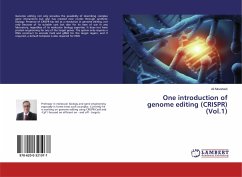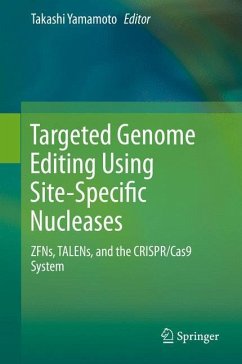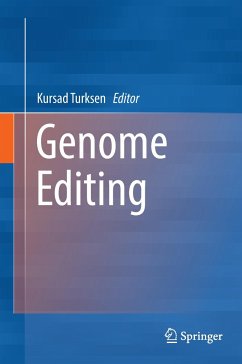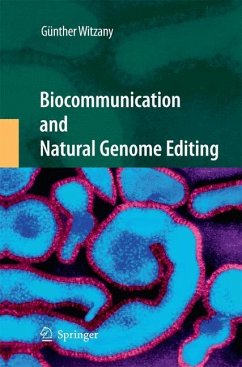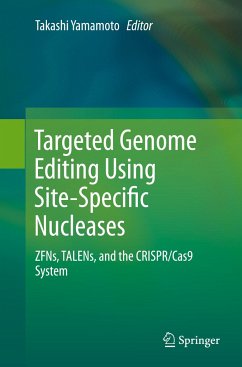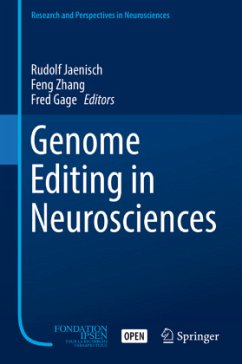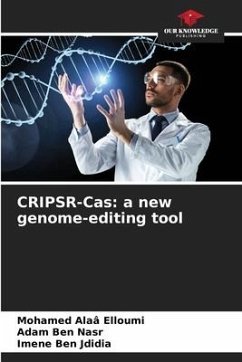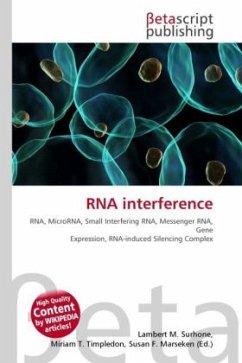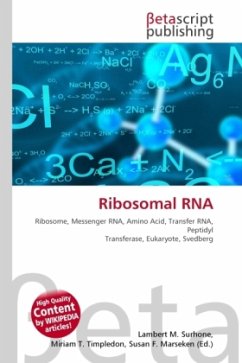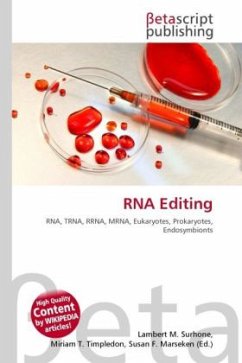
RNA Editing
Versandkostenfrei!
Versandfertig in 6-10 Tagen
23,99 €
inkl. MwSt.

PAYBACK Punkte
12 °P sammeln!
High Quality Content by WIKIPEDIA articles! The term RNA editing describes those molecular processes in which the information content in an RNA molecule is altered through a chemical change in the base makeup. To date, such changes have been observed in tRNA, rRNA, and mRNA molecules of eukaryotes but not prokaryotes. The demonstration of RNA editing in prokaryotes may only be a matter of time, considering the range of species in which the various RNA editing processes have been found. RNA editing occurs in the cell nucleus, cytosol, as well as in mitochondria and plastids, which are thought t...
High Quality Content by WIKIPEDIA articles! The term RNA editing describes those molecular processes in which the information content in an RNA molecule is altered through a chemical change in the base makeup. To date, such changes have been observed in tRNA, rRNA, and mRNA molecules of eukaryotes but not prokaryotes. The demonstration of RNA editing in prokaryotes may only be a matter of time, considering the range of species in which the various RNA editing processes have been found. RNA editing occurs in the cell nucleus, cytosol, as well as in mitochondria and plastids, which are thought to have evolved from prokaryotic-like endosymbionts. Most of the RNA editing processes, however, appear to be evolutionarily recent acquisitions that arose independently. The diversity of RNA editing mechanisms includes nucleoside modifications such as cytidine (C) to uridine (U) and adenosine (A) to inosine (I) deaminations, as well as non-templated nucleotide additions and insertions.



